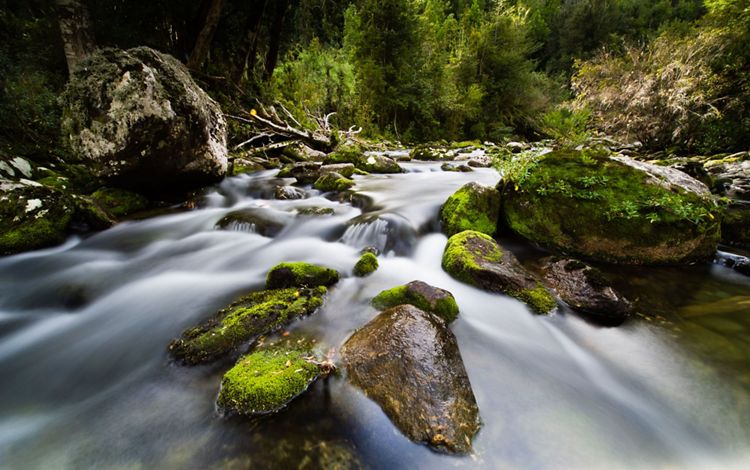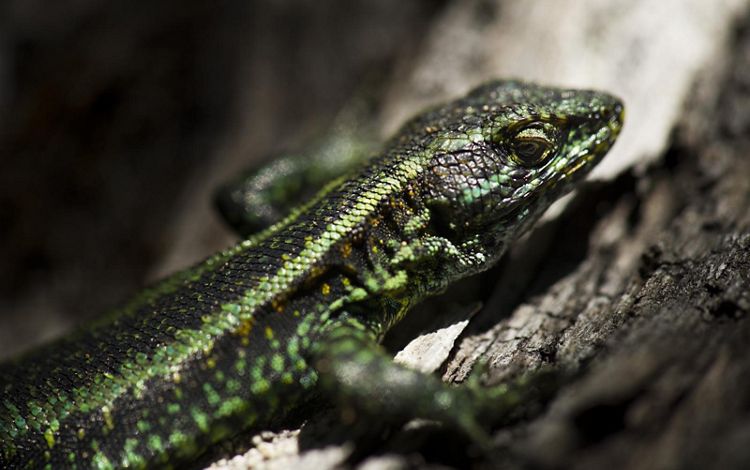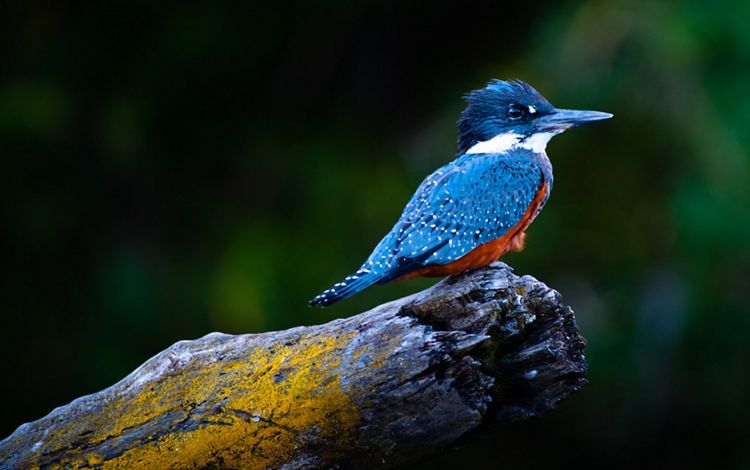Description
The Valdivian Coastal Reserve is part of an ancient temperate rainforest rising from Chile’s southern coastline. This vast stretch of coastal forest is a remnant of millennia past—when it was connected to the forests of New Zealand and Australia. In fact, some species are more closely related to species from those distant places rather than the Americas. During the last Ice Age, this coastal range served as a freeze-free refuge for a multitude of species found nowhere else on Earth. Among these unique species are two of the planet’s longest living tree species. Olivillo trees, which can live up to 400 years, survive in large stands only on the western slopes of this range, and alerce trees, which resemble North American giant sequoias, have life spans of up to 4,000 years.
Using science, local knowledge, innovation, and a collaborative approach, The Nature Conservancy (TNC) is protecting these species and securing Earth’s diversity of life for future generations.
















